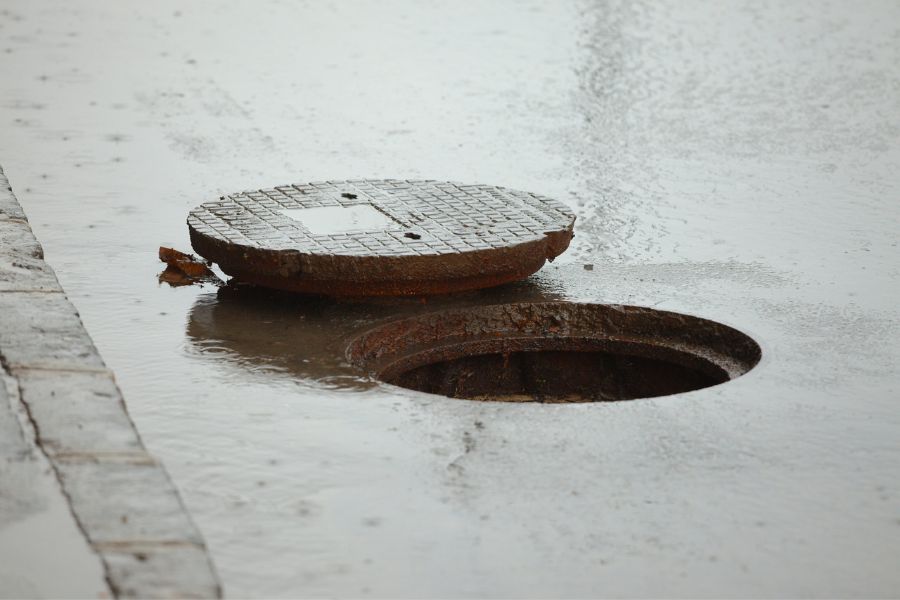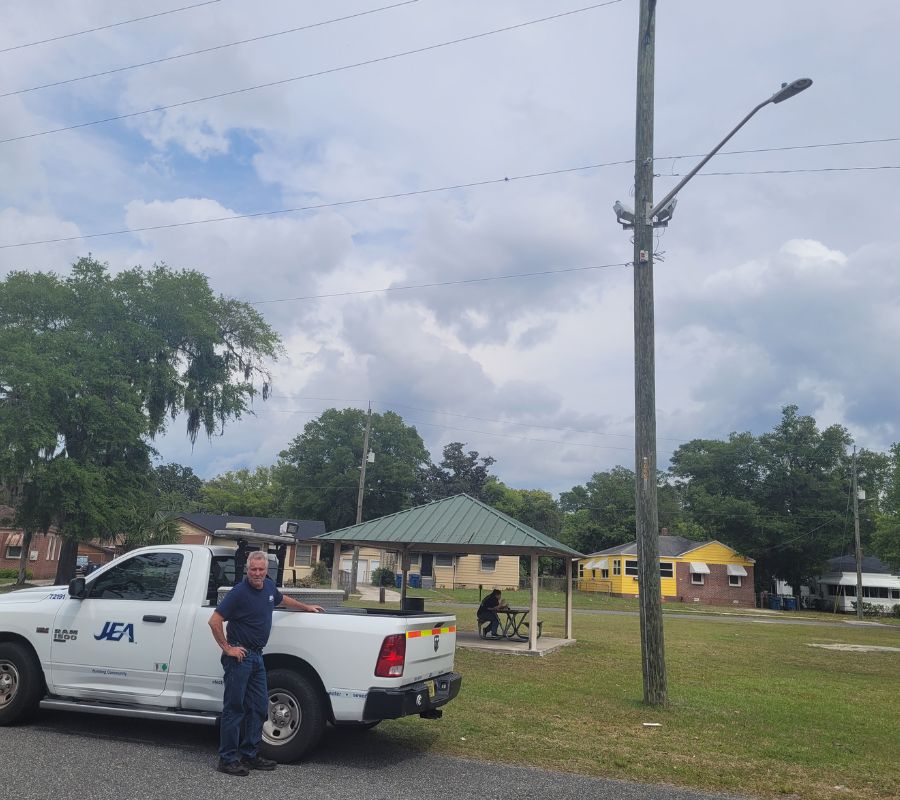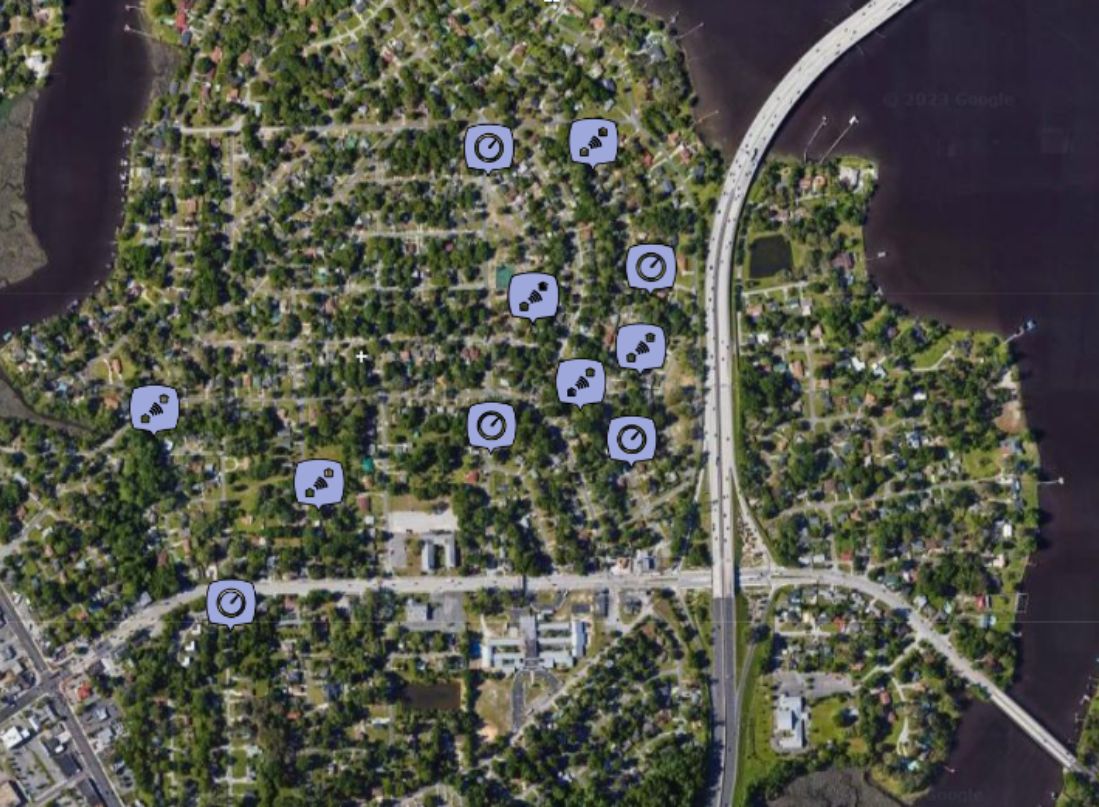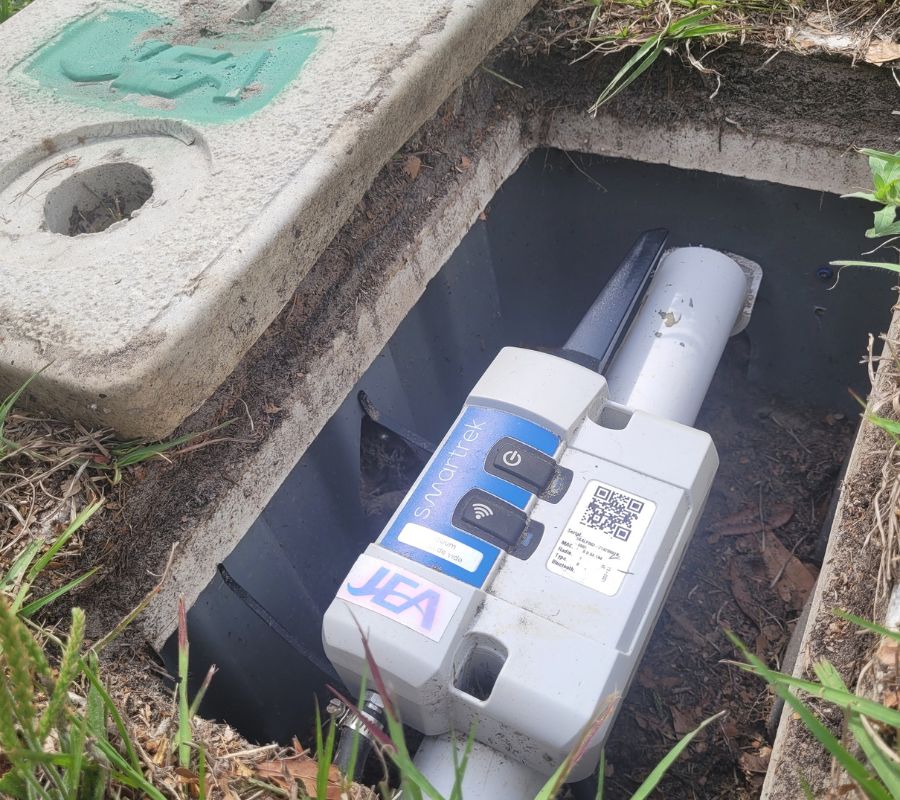Vacuum Sewer: JEA & the City of Jacksonville
A vacuum sewer system offers a refreshing alternative to traditional gravity-based sewer systems. Instead of relying on gravity to move wastewater downhill, it employs negative pressure (vacuum) to transport wastewater through underground pipes effortlessly. This innovative approach ensures a seamless and efficient wastewater collection system.
How does a vacuum sewer system work? A comprehensive overview
Collection points: To ensure a seamless and efficient process, wastewater from individual properties such as homes and buildings is carefully gathered at designated collection points. These collection points are thoughtfully designed as small, underground sumps or pits, equipped with a convenient one-way valve.
Vacuum Station: These collection points are seamlessly connected to a centralized vacuum station via a network of small-diameter pipes. The vacuum station diligently generates and upholds a gentle negative pressure within the sewer lines, ensuring optimal functionality.
Transporting Wastewater: These collection points are seamlessly connected to a centralized vacuum station via a network of small-diameter pipes. The vacuum station diligently generates and upholds a gentle negative pressure within the sewer lines, ensuring optimal functionality.

Operational Challenges of Vacuum Sewer Systems
Power Dependency: Vacuum sewer systems heavily rely on a consistent power supply to uphold the vacuum integrity at the central station. Any unforeseen power disruptions can disrupt the system’s smooth operation, which may result in undesirable sewer backups or even system failure.
Vacuum Leakages: Ensuring a seamless vacuum flow in underground pipes is of utmost importance for optimal performance. Unfortunately, vacuum leakages caused by damaged pipes, faulty valves, or improper installation can hinder the system’s effectiveness. Detecting these leaks or installation flaws can be challenging, ultimately compromising these systems’ overall efficiency.
Maintenance and repairs: Regular maintenance is essential to keep vacuum sewer systems running smoothly. This involves performing routine tasks such as clearing blockages, inspecting valves and pipes, and addressing any leaks that may arise.
System capacity: The capacity of a vacuum sewer system is influenced by the vacuum station’s size and the pipes’ diameter. As the population flourishes or new developments emerge, a requirement to expand the system to accommodate the augmented flow of wastewater might arise.
Initial cost: One of the major advantages of a vacuum sewer system is its lower initial cost compared to traditional gravity-feed sewer systems. This cost-effectiveness is primarily attributed to the smaller diameter of the pipes required for installation. As a result, the excavation work involves a narrower and shallower trench, making the overall process more efficient and economical.
Despite the challenges mentioned, vacuum sewer systems offer numerous advantages. They have the remarkable ability to conquer challenging topography, effectively reducing the risk of sewer overflows. Moreover, they present a cost-effective solution in certain circumstances. However, it is important to note that the suitability of a vacuum sewer system relies heavily on the specific needs and constraints of the area it serves.

Let’s better understand the project:

Brief presentation of the municipality:
Jacksonville is a city located on the Atlantic coast of northeastern Florida, the most populous city in the state and the largest city by area in the contiguous United States as of 2020.
How does Smartrek help the municipality achieve its objectives?
Smartrek has provided JEA with valuable insights on their vacuum sewer installations. Through our innovative vacuum sensors, we are able to comprehensively analyze the entire system and promptly identify any leaks or issues that may arise within their vacuum systems.
What was the municipality’s process before using the Smartrek product?
Before Smartrek’s equipment was installed, JEA would respond to a drop in pressure at their vacuum pump system. A dedicated team would be promptly dispatched to the pumping station, armed with a valve to close off the mainlines leading to the station. Their mission? To pinpoint the exact location of the major leak.
The team would walk to each connection of the smaller branches and shut off these smaller lines one by one.
Once the branch was identified, the team would embark on a street exploration, relying on their keen ears to detect the telltale sound of a leak. This meticulous process, carried out by a crew of 2 to 4 skilled individuals, could span anywhere from 2 to 6 hours.
What are the costs associated with the process prior to using the Smartrek product?
- Cost in labor to find leaks that occur on a regular basis, reduction of leak detection from 2 to 6 hours to 1 to 2 hours for each leak.
- On-call and on-call sleepers reduction by a factor of 2 to 3.
- Losses of pump efficiency
What were the major issues prior to using Smartrek?
- Employee shortage.
- In certain instances, leaks may occur in challenging neighborhoods, necessitating the city to deploy a larger on-call team for enhanced security, particularly during nighttime.
- Leaks outside of normal working hours are compensated as overtime, with double the pay for leaks occurring at night or over the weekend. It is crucial to attend to leaks as they arise promptly. It can become quite expensive if a significant amount of time is needed to locate the source of the leak.
Smartrek’s turnkey solution:

Smartrek’s vacuum ATRAX sensor has been thoughtfully installed at key locations within the vacuum sewer system, ensuring optimal functionality. The ATRAX nodes have been carefully installed inside meter boxes and connected to the vacuum pipes beneath the streets through a hose. A series of repeaters has been strategically positioned on electric poles to establish a seamless network and enable connectivity to the ATRAX vacuum nodes. The deployment picture illustrates that an impressive two-thirds of the entire neighborhood can now be connected with just six repeaters. Thanks to this innovative solution, JEA can now identify and address leaks more efficiently, requiring fewer personnel.